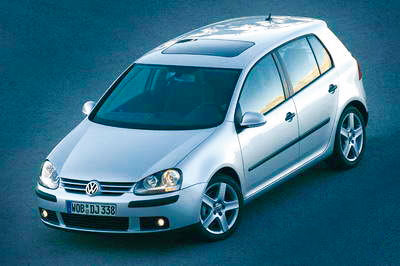In the automotive industry, laser technology is mainly used for body welding and part welding, such as welding of the canopy and side panels (see Figure 1). However, laser welding requires high precision assembly of the weldment and requires that the position of the beam on the workpiece cannot be significantly offset. Otherwise it is easy to cause soldering defects.

Figure 1 Using a laser-welded canopy eliminates surface irregularities and eliminates edging
Application and development trend of welding materials
As the body develops toward lighter weight, the weight of the body material and the non-metallization of the body metal material are inevitable trends. Future body materials are still dominated by steel plates, but some composite materials will be widely used.
Galvanized steel sheet
With the development of the automotive industry, galvanized steel sheets are widely used in order to improve the service life of the vehicle body and enhance the corrosion resistance of the vehicle body materials. In the current automobile body manufacturing, the resistance spot welding method is mainly used. Compared with the uncoated steel sheet, there are still some problems in the spot welding process of the galvanized steel sheet: the zinc layer is melted before the steel sheet is formed, and the zinc ring is shunted, resulting in welding. The current density is reduced; the surface of the zinc layer is burned, the electrode is contaminated, and the life of the electrode is lowered; the resistivity of the zinc layer is low, the contact resistance is small; and defects such as welding spatter, cracks, and pores are easily generated.
2. High-strength steel plate
In order to achieve lightweight vehicles and improve vehicle safety performance, the application of high-strength steel sheets is increasing year by year. At present, the varieties of high-strength steel sheets mainly include phosphorus-containing cold-rolled steel sheets, bake-hardened cold-rolled steel sheets, and cold-rolled dual-phase steel sheets.
(1) High-strength cold-rolled steel sheets containing phosphorus: high strength, good strength and plastic balance, good corrosion resistance and spot welding performance; mainly used for side panels, doors, canopies and trunk lids.
(2) Bake-hardening cold-rolled steel sheet: This bake-hardened steel sheet, which is abbreviated as BH steel sheet, is both thin and has sufficient strength, and is one of the preferred materials for lightweight design of body panels.
(3) Cold-rolled dual-phase steel sheets: mainly used for bearing parts with good tensile properties, such as door reinforcement plates and bumpers.
3. Aluminum alloy
Compared with automotive steel sheets, aluminum alloys have the advantages of low density, high specific strength, corrosion resistance, good thermal stability, easy forming and recyclability, and the technology is mature. Parts of aluminum alloy materials are also gradually being used in the automotive industry. However, aluminum alloy welding still has the disadvantages of large linear expansion coefficient, large thermal stress, and easy occurrence of pores, which leads to a decrease in the strength of the aluminum alloy welded joint.
4. Magnesium alloy
The density of magnesium is only 35% of the density of the steel. It has high specific strength, high specific stiffness, good damping and thermal conductivity, and good dimensional stability. Therefore, it has been widely used in the automotive industry. At present, magnesium alloys are mainly used in door casting in the automotive industry. With the advancement of die casting technology, thin-walled magnesium alloy body parts such as front/rear baffles, instrument panels and steering wheels can be manufactured.
5. High-strength fiber composite
In the late 1980s, composite body panels were widely used and promoted, such as hoods, fenders, doors and canopies, and even full-composite car bodies. Composite materials are used as exterior parts for automobile bodies, and they have matured from design to manufacturing and application, and have been developed from the use of outer coverings to interior parts and structural parts.
New materials and new processes are complementary, and the automotive industry is developing new manufacturing methods and updating traditional processes. According to relevant predictions, in the next 10 years, the quality of the car itself will be reduced by 20%. In addition to the large number of composite materials and lightweight alloys, the body design method will also undergo major changes.
The refined welding production method represented by laser welding promotes the advancement of automotive welding technology with a new technical concept. In addition, some new connection methods are also the first to be applied in automotive manufacturing. For example, variable polarity MIG/MAG welding methods, laser-arc hybrid welding methods, magnetic pulse welding methods, bonding and mechanical connection methods have been successfully applied in the manufacture of various new models.
Previous Next
Dc Motor Fan,Smart Ceiling Fans,Ac Motor Fan Ceiling,Dc And Ac Motor Ceiling Fan
Jiangmen MagicPower Electrical Appliances Co.,Ltd. , https://www.mpceilingfans.com
